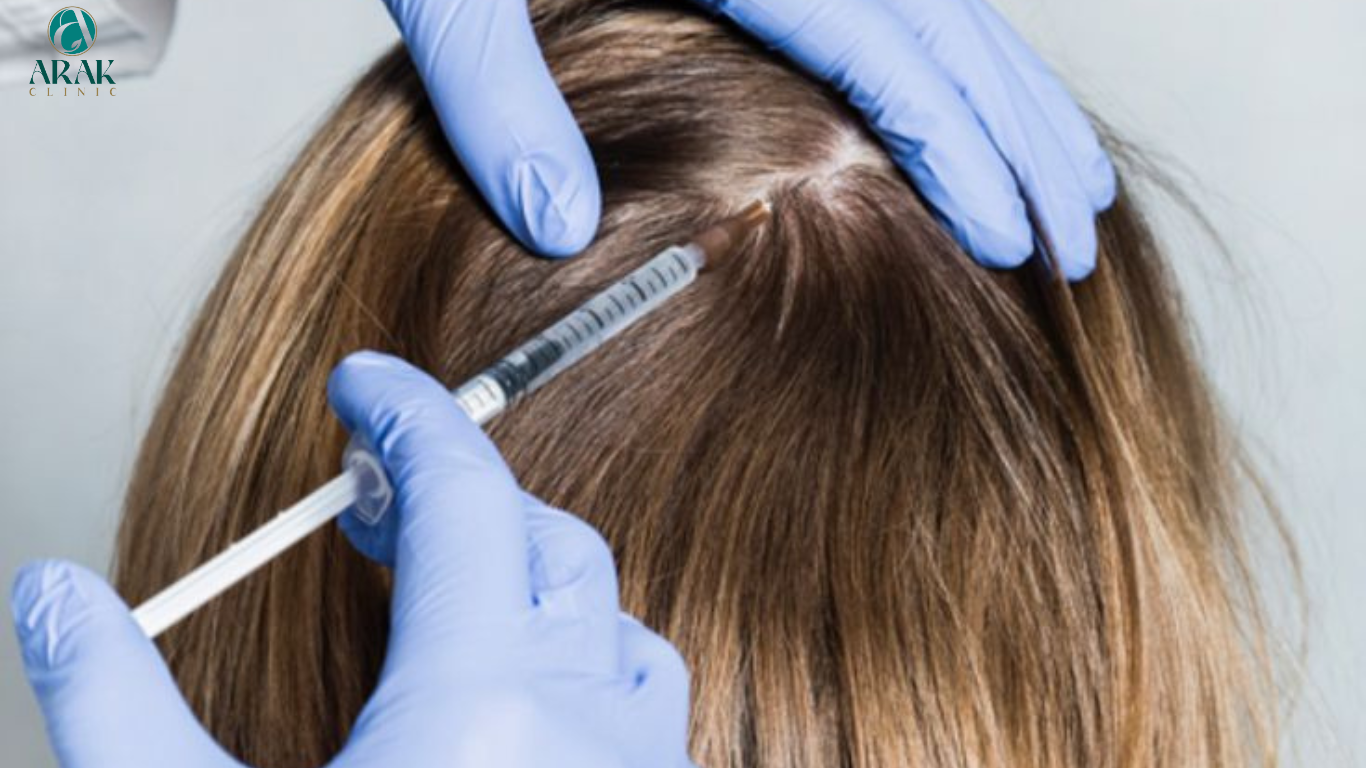Platelet-Rich Plasma (PRP) therapy has gained attention as a potential treatment for hair loss or thinning. This procedure involves the extraction of a small amount of the patient’s blood, which is then processed to concentrate the platelets. Platelets contain growth factors and proteins that are believed to promote hair growth and stimulate hair follicles.
When PRP is injected or topically applied to the scalp, it is thought to enhance hair follicle function, prolong the growth phase of hair, and potentially reverse miniaturization of hair follicles, which is a common cause of hair thinning and pattern baldness.
The process begins with a thorough consultation where a healthcare professional evaluates the patient’s hair loss condition and determines whether PRP therapy is suitable. During the procedure, blood is drawn from the patient’s arm, and it undergoes centrifugation to isolate the platelet-rich plasma. This concentrated plasma is then either injected directly into the scalp or applied topically after microneedling, where tiny punctures are made on the scalp to facilitate better absorption of the PRP.
PRP’s exact mechanism in promoting hair growth is not entirely understood, but it is believed that the growth factors and proteins within the platelets help stimulate inactive hair follicles, increase blood supply to the follicles, and encourage the growth phase of the hair cycle.
Several sessions of PRP therapy, usually spaced a few weeks apart, might be recommended to achieve optimal results. The effectiveness of PRP for hair growth can vary among individuals, and visible improvements may take several months to become noticeable. Some patients may experience thicker, stronger hair growth in treated areas.
It’s essential to note that while PRP therapy is generally considered safe with minimal risks of adverse reactions (as it utilizes the patient’s blood), individual responses to treatment can vary. Results may also vary depending on the cause and extent of hair loss. Patients considering PRP therapy for hair loss should consult with a qualified healthcare professional to discuss potential benefits, risks, and expected outcomes based on their specific situation.








